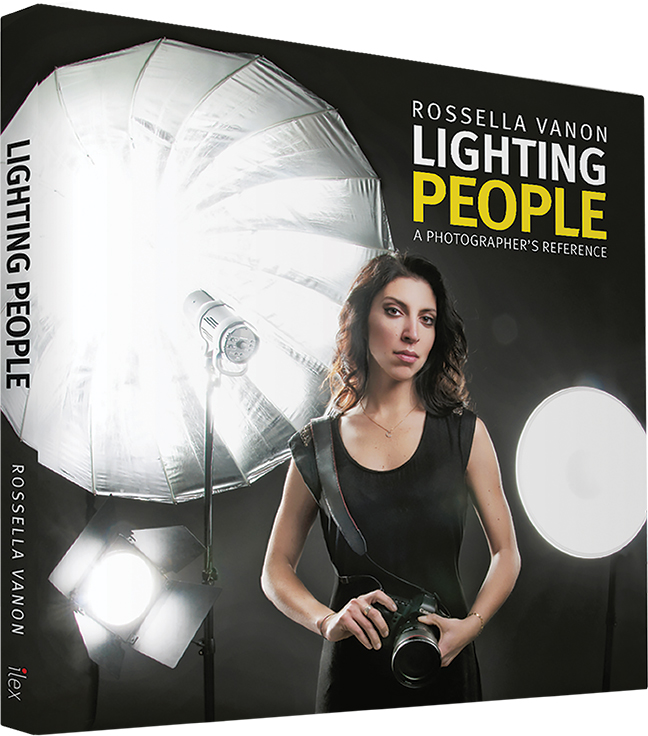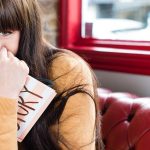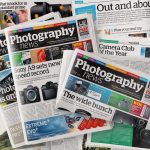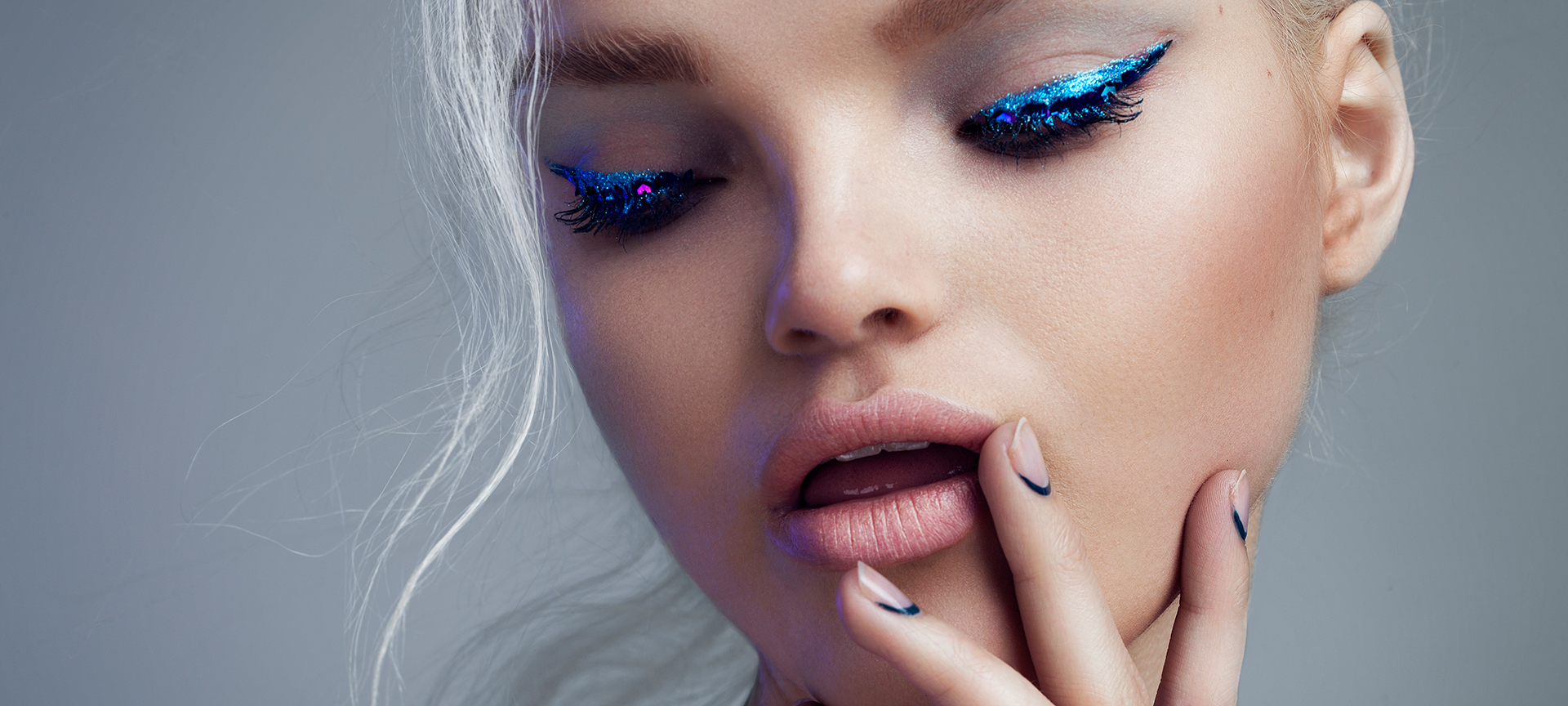
Lighting Secrets Revealed: Rossella Vanon
Posted on Jul 6, 2017
Beauty shots need beautiful lighting and Rossella has got it spot on.
Words by Jemma Dodd
SPONSORED BY PROFOTO
Looking at Rossella Vanon’s extensive fashion and beauty portfolio you may be surprised to know that her love for photography came from playing around with a small compact camera on her holidays and that nature was one of her favourite subjects. Originally from near Rome, Rossella moved to London during her last year of studying for a degree in sound engineering. After graduating she decided to try and make some money from her photography, rather than become stuck in a full-time job with no time to shoot. By now, though, she had moved on from landscapes and nature and was shooting both portraits and fashion.
“It was a big challenge at first, going from landscapes (where you can spend a whole day taking a shot) to people where you have to entertain them and deal with moods, but I gradually found it easier,” she says. “I started to meet make-up artists and stylists through free websites like Model Mayhem and even Facebook, so I started to call them for shoots. If someone wanted a portrait taken, it wasn’t just me and the subject, it would be me, the subject and team, which slowly became fashion as all of the styling came into the pictures.”
Rossella’s client list now includes the likes of Ottoman Hands and SG Hair, and her work has been published in a range of magazines from Marie Claire to Elle. With all the talented models, make-up artists and stylists that Rossella works with she needs reliable lighting to help execute her creative ideas.
“I’ve been shooting with Profoto for years,” she explains. “What I love about the kit is not a specific setting, although there are some settings that do make your life easier, but how easy it is and the feel of using the lights; they’re solid, don’t overheat, work all the time and never miss a flash. These are things that you don’t have time to deal with when you have other pressures on set.”
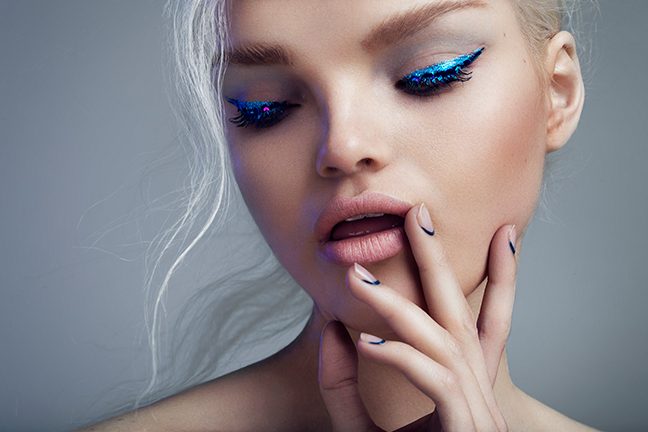
What was the purpose of this shoot?
This was something that I wanted to shoot myself. It was one of those shoots where you can literally just create, although that doesn’t actually mean that you can just create, we still had a mood board and a brief, because there are still things that you need to communicate to your team.
I wanted to do something with glitter because it’s very appealing, but I was keen to approach it in a classy way. We managed to get this beautiful model, who is one of my favourite models to shoot. She has a stunning face, very different from the common standards of beauty. I put a team of people together, who I had worked with previously and we worked together at my studio to create a certain number of looks that we could then send to magazines for consideration. The images were sent to and published in a magazine called Factice. Even if it hadn’t been published, I’d still done something that I wanted to do and I was happy with the results.
What gear and lighting did you use to create this image?
I shoot with a Canon EOS 5D Mark II and when I shoot beauty I use the Canon 100mm macro lens, which is the same lens I used for my nature macro photography when I first started. I’ve tried a lot of lenses and this is still one of the sharpest lenses I’ve used. It’s really great for beauty work.
When it comes to lighting, because I wanted this shoot to be quite feminine, I didn’t want to have a disco glittery story, but something more soft, so I chose soft lighting to convey the right mood. I used a 5ft Octabox for the main light, which I positioned facing toward the subject on the right at a 45∞ angle. That gave me a really soft glowy, main light, perfect for beauty. Sometimes it can be too soft, but for most things like glitter and sequins it works really well. It’s very pleasant on the skin, I love this light a lot.
Then, to add a little bit of colour, I used a blue gel, but instead of pointing it towards the subject, I positioned it facing the opposite direction. In front of the light I then placed some white polyboard so that the colour from the gel would bounce toward the subject, but become softened in the process. The thing with gels and white light is that it is the power of both lights that creates the results. If I were to switch off the white light, the blue light, even at half power, would look really strong. The white light helps to tone down the intensity of the blue light so it’s a balance between the two.
When shooting beauty do you keep to one lighting set-up?
I think for editorial it’s pretty free, if it was a catalogue shoot I’d have to keep it the same for the whole shoot. Personally I tend to keep set-ups fairly similar, especially because with editorial shoots you have a lot to do in what feels like a short time, so once the lighting is done, you tend to stick with it for the rest of the day. In this case I made a few changes, but kept the mood of the lighting the same. I changed the colour of gel and its position a little bit, which gave a slightly different effect, although the mood of the images stayed the same.
Do you always use modifiers such as the Octabox for beauty shoots?
I tend to, although sometimes for beauty I may use a much harsher light, as every little detail in the make-up, even the pores of the skin, becomes more visible. That does mean you have to be very careful with retouching, but it’s another way of dealing with beauty. There are a lot of people that use harsh light with beauty and I like it, but personally I tend to prefer softer light as it gives the images and the mood that I prefer. Beauty dishes and large modifiers like the Octabox are definitely some of my favourites to use.
Were there any challenges with this lighting or was it quite a quick set up?
This one was quite small. We planned all the looks first thing in the morning, but sometimes a look doesn’t work because of the model’s features, the make-up, the lighting, or many things combined. That’s when you have to sit down and think through things. There’s always something that has to be reconsidered there and then, it’s part of the job.
Was there much post-processing involved?
There wasn’t much really. The model had beautiful skin, which meant that we didn’t need to do much other than the usual skin retouching to make sure that the series was at the standard that a magazine would publish, but no major editing took place.
See more of Rossella’s work at rvanonphotography.com
Rossella Vanon’s book Lighting People, A Photographer’s Reference, is the ultimate course to lighting; with techniques, diagrams and examples and is available to buy from Amazon priced £19.98.
Don’t forget to sign up to receive our newsletter below, and get notified about the new issue, exclusive offers and competitions.
Have you heard The Photography News Podcast? Tune in for news, techniques, advice and much more! Click here to listen for free.

